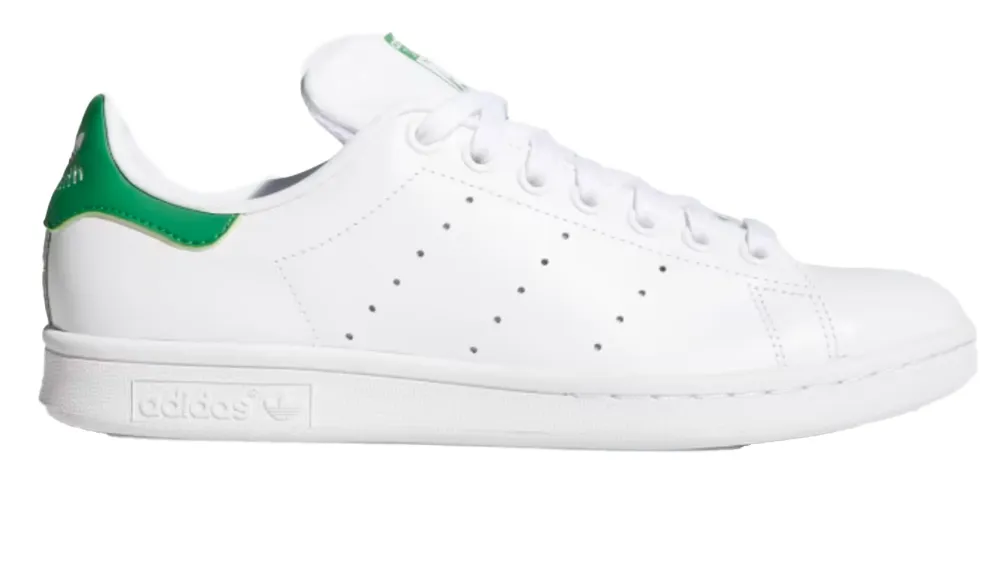
Adidas Relies on ‘Brand Heat’ in Lifestyle Footwear for Future Growth
How did your country report this? Share your view in the comments.
Diverging Reports Breakdown
Adidas Relies on ‘Brand Heat’ in Lifestyle Footwear for Future Growth
Adidas CEO Bjørn Gulden spoke on a conference call to investors following the brand’s second quarter earnings report. The company said net sales rose 14 percent to 5.95 billion euros, on a constant currency basis. The brand is starting to roll out a relaunch of its Stan Smith sneaker, which is the most sold Adidas shoe ever. The Climacool 3D printed shoe is the first real printed shoe that is comfortable to be worn, the CEO said. He also spoke about tariffs, noting that 30 percent of imports into the U.S. is from Vietnam, which has a duty rate of 14 percent before reciprocal tariffs, and a second round that went up 20 percent, and stacked, brought the duty rate to 34 percent. The CEO said the company is planning to negotiate with suppliers to lower costs, reallocate production where FOBs are the lowest.
“We create brand heat on lifestyle footwear. We then roll it over to apparel and performance,” Gulden said on a conference call to investors following the brand’s second quarter earnings report.
But as important as footwear is, the company also recognizes ebbs and flows in growth as it looks to build up traction in other categories.
“You have to lead with footwear, but that does not mean that footwear in every quarter has to grow more than apparel,” the CEO said.
You May Also Like
Gulden noted that the company had “very successful launches on the unisex footwear side,” particularly as it looks to grow its performance business that includes running, basketball and training. He also cited pickleball in the U.S. and padel in Europe as two sports growing into potentially “big commercial” opportunities.
And Gulden said the brand’s looking to invest more in American athletes across basketball, baseball and football as a way to get more visibility for the brand “all the way from college into the professional leagues.” He said that was how it grew the terrace trend — its origins are in soccer stadiums — with the popular Samba and the handball Speziel sneaker lines.
The brand is starting to roll out a relaunch of its Stan Smith sneaker, which is the most sold Adidas shoe ever. The company has other irons in the fire for growth, including its Climacool 3D printed shoe. “I think this is the first real printed shoe that is comfortable to be worn,” Gulden said. The shoe was originally meant to be a marketing tool but then turned into a commercial program as it is “selling out everywhere,” he said. The company is buying more 3D printing machines due to the requested volume, with the CEO noting that “you will see more and more of this” trend going forward.
He also spoke about lifestyle shoes coming out of football that is following what occurred in running lifestyle. “If you move around in the fashion world, you will even see that people are wearing real soccer boots, football shoes on the street, even with studs,” Gulden said, adding that the company is taking its soccer uppers, such as those from its Predator F50s, and putting them on different bottoms. “We believe from what we can see, both in distribution and in the fashion scene and in the sell-through, that this is going to grow and grow and grow into the World Cup in ’26. And we also think it’s a global phenomenon,” the CEO said.
He also spoke about tariffs, noting that 30 percent of imports into the U.S. is from Vietnam. The footwear duty rate was 14 percent before reciprocal tariffs. Then there was 10 percent first round increase in tariffs, but it was stacked onto the original 14 percent, bringing the new total to 24 percent. A second round that went up 20 percent, and stacked, brought the duty rate to 34 percent, Gulden said. The second biggest is Indonesia, which has a 19 percent duty rate increase, and Cambodia at 36 percent, although duties could go higher when stacked. China is minimal since the total imports to the U.S. is only 2 percent. He said the impact of all duties could increase the cost of goods sold by about 200 million euros.
The brand is still producing in China, but for the Chinese market and for other overseas countries outside of the U.S. He also didn’t rule out price increases, once there is more certainty regarding tariffs. The CEO said the company is planning to negotiate with suppliers to lower costs, reallocate production where FOBs are the lowest for the U.S., and looking closely at what competitors are doing and how much of a price increase the consumer might be willing to accept.
The company said net sales rose 14 percent to 5.95 billion euros for the second quarter, on a constant currency basis.
